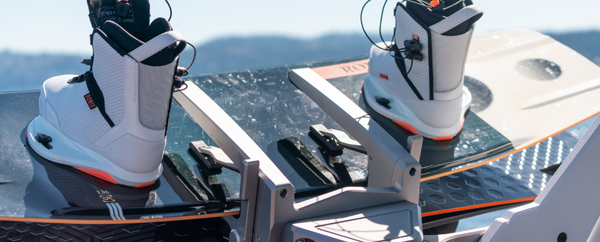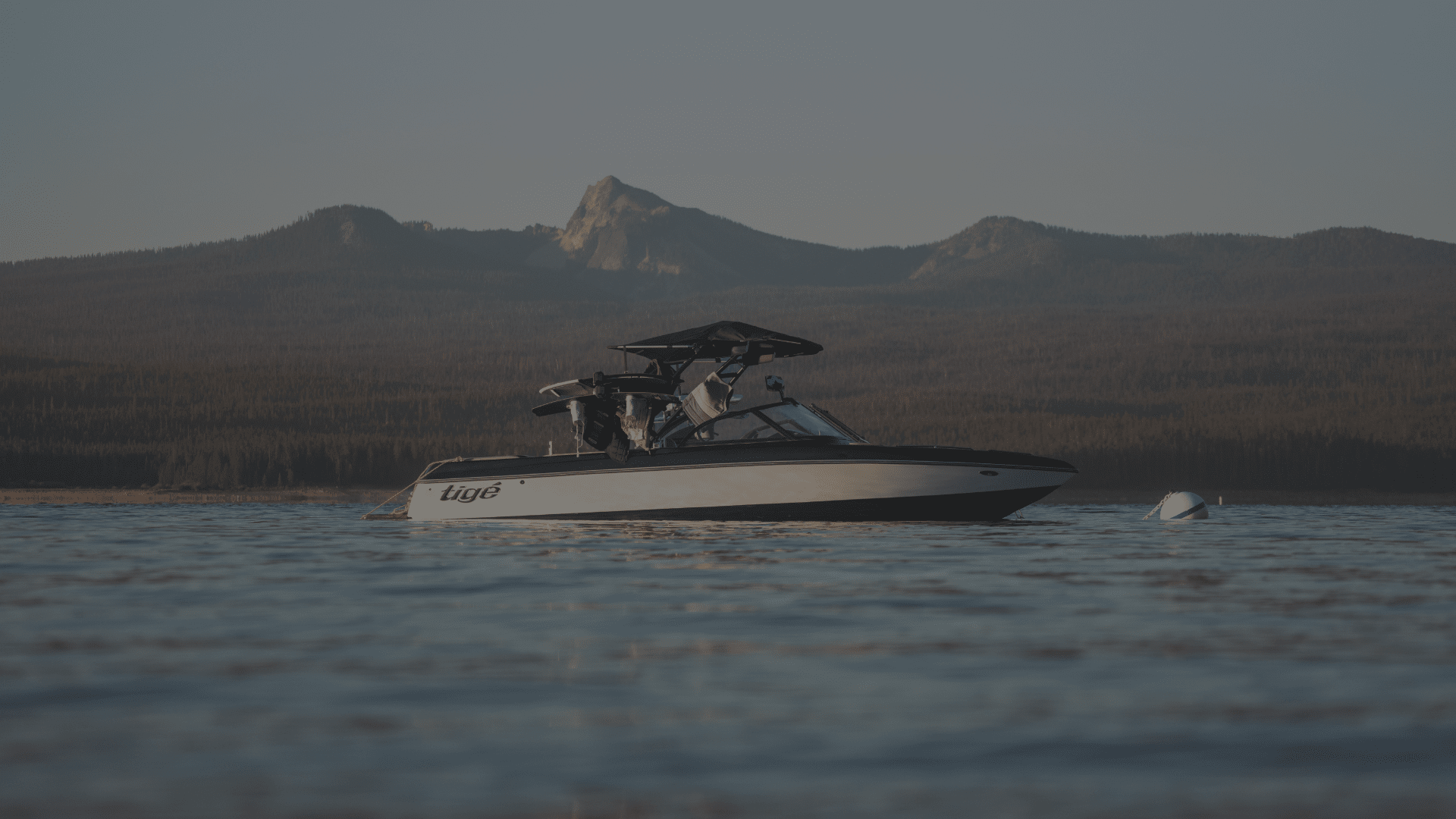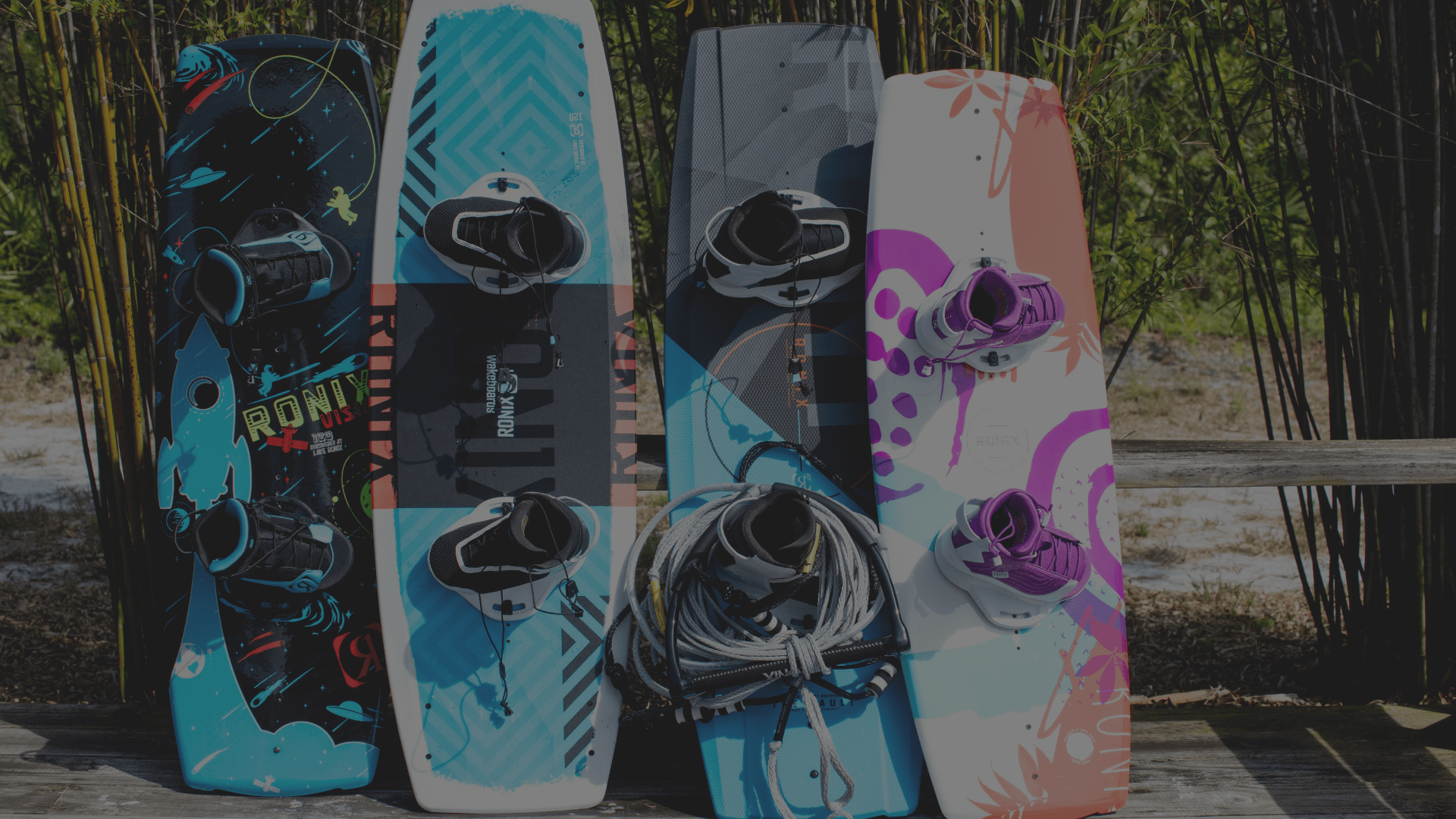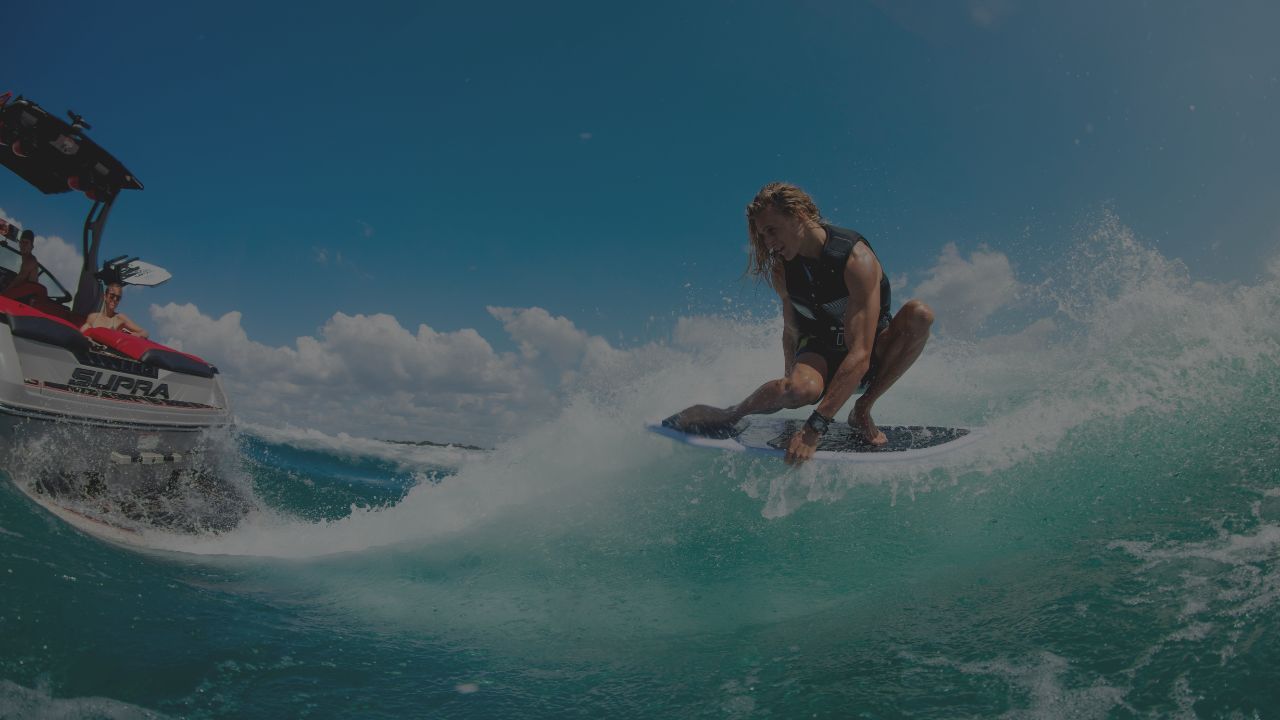Wakeboarding Basics: How to Get Started
Whether you’re a beginner or an experienced rider, wakeboarding is an exhilarating sport that provides a unique perspective on water, a great workout, and a ton of fun. But before you get behind the boat, here are some essential wakeboarding basics that will help you get started.
What to Wear Wakeboarding?
First things first: you need to make sure you are properly attired for wakeboarding. While a swimsuit is an obvious choice, it's best to consider one that will keep you comfortable while worn under a life jacket and fits well enough to stay on during those inevitable first-timer crashes. As a beginner, keep in mind that you'll be spending a good amount of time in the water. A wetsuit or rashguard is a great option to help keep warm, especially if you're in a cold region.
As a beginner, we recommend a Coast Guard-approved life jacket that is rated for your size and weight rather than a competition vest. Life jackets provide more buoyancy than vests and are more easily adjusted to your frame. Your life jacket will not only help you stay afloat, but provide some protection when you fall.

Choosing the Best Beginner Wakeboard
Selecting the right wakeboard and bindings is the next step towards success as a wakeboarder. Boards designed for beginners will provide a stable and forgiving ride, and are typically more durable. When choosing your wakeboard, consider the length, rocker, and shape. We recommend that beginners start out with a mellow 3-stage rocker board that has rounded center rails. A board like this will give you a more forgiving ride on the water and help you progress. We highly recommend getting an asymmetrical wakeboard if you are new to wakeboarding or board sports in general.
For a more in-depth look at how to choose a wakeboard and wakeboard size chart, check out our Wakeboard Buyer's Guide as well as our Guide to Wakeboard Bindings.

How to Get Up on a Wakeboard?
The most challenging part of wakeboarding for beginners is getting up on the board. Here are some tips on how to do it right:
- Tie the rope up as short as you can.
- Make sure your board is set up properly.
- Get lined up with the boat.
- Let your knees bend as much as they can as the boat begins to move.
- Hold this crunched position until you’re over top of your board.
- Stand up slowly.
To begin, tie the wakeboard rope as short as possible to increase the upward pull from the boat. Ensure that your feet are shoulder-width apart, and your feet slightly turned out to provide maximum stability. Stand facing outwards towards the back of the boat to avoid falling back into the boat. When the boat starts to go, let your knees bend as much as you can, with your butt crunched down towards the board. Hold this position until you feel like you’re over the top of your board. Once you're in position, stand up slowly, and rotate your dominant foot to the back, away from the boat. Don't rush it, and remember not to fight against the boat's pull. Be relaxed, patient, and let the boat and water work for you.

How to Turn on a Wakeboard?
After mastering the basics, it's time to learn how to turn on a wakeboard. There are two ways to turn: toeside and heelside. Toeside means turning towards the back of the board, while heelside is turning towards the front.Toeside:
- Look towards the back of the boat and shift your weight to your toes.
- Keep your arms straight and your knees bent.
- Gradually apply pressure to your toes to turn.
- Keep your weight centered over the board.
- Look towards the front of the boat and shift your weight to your heels.
- Keep your arms straight and your knees bent.
- Gradually apply pressure to your heels to turn.
- Keep your weight centered over the board.




Post Comments
0 Item(s)